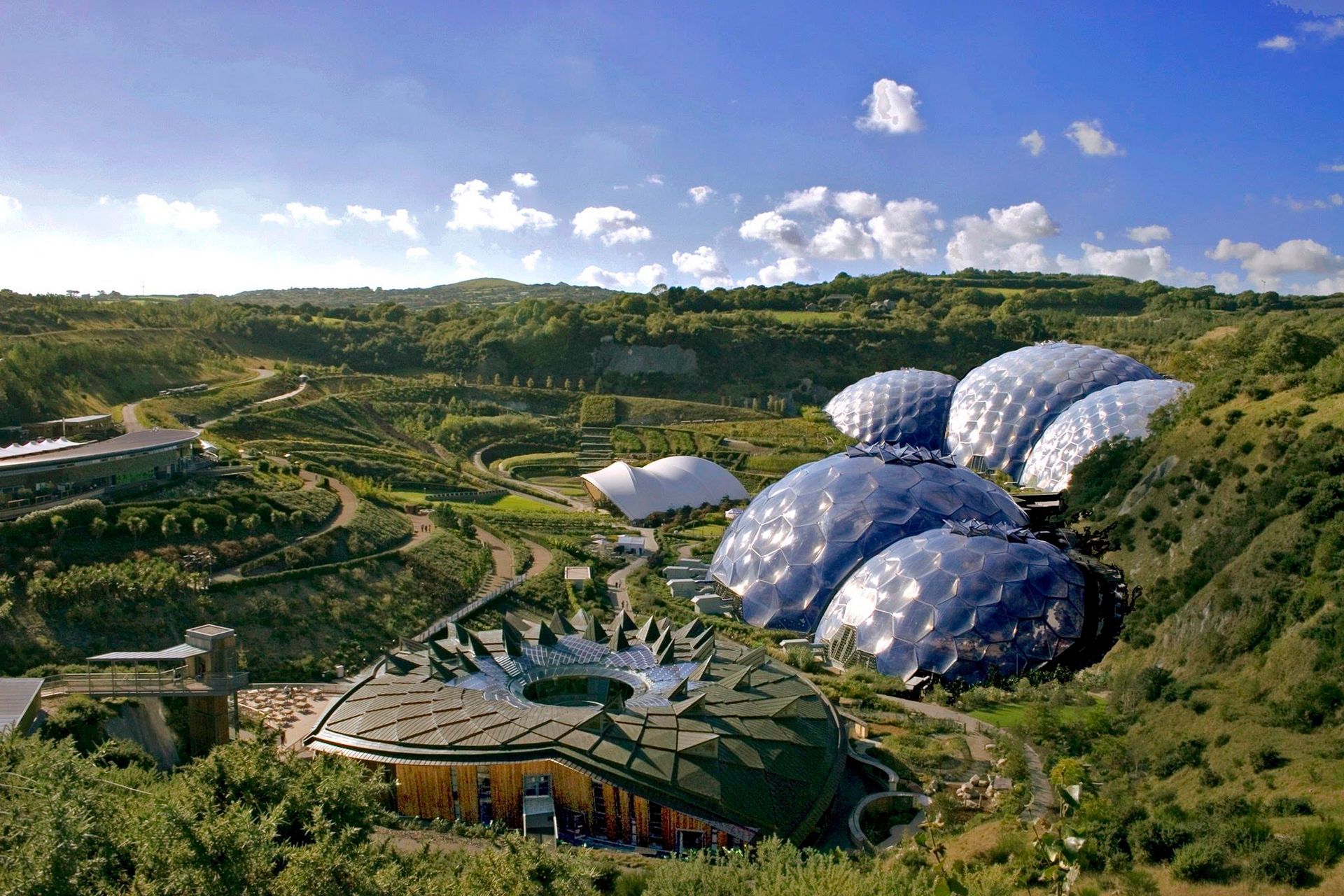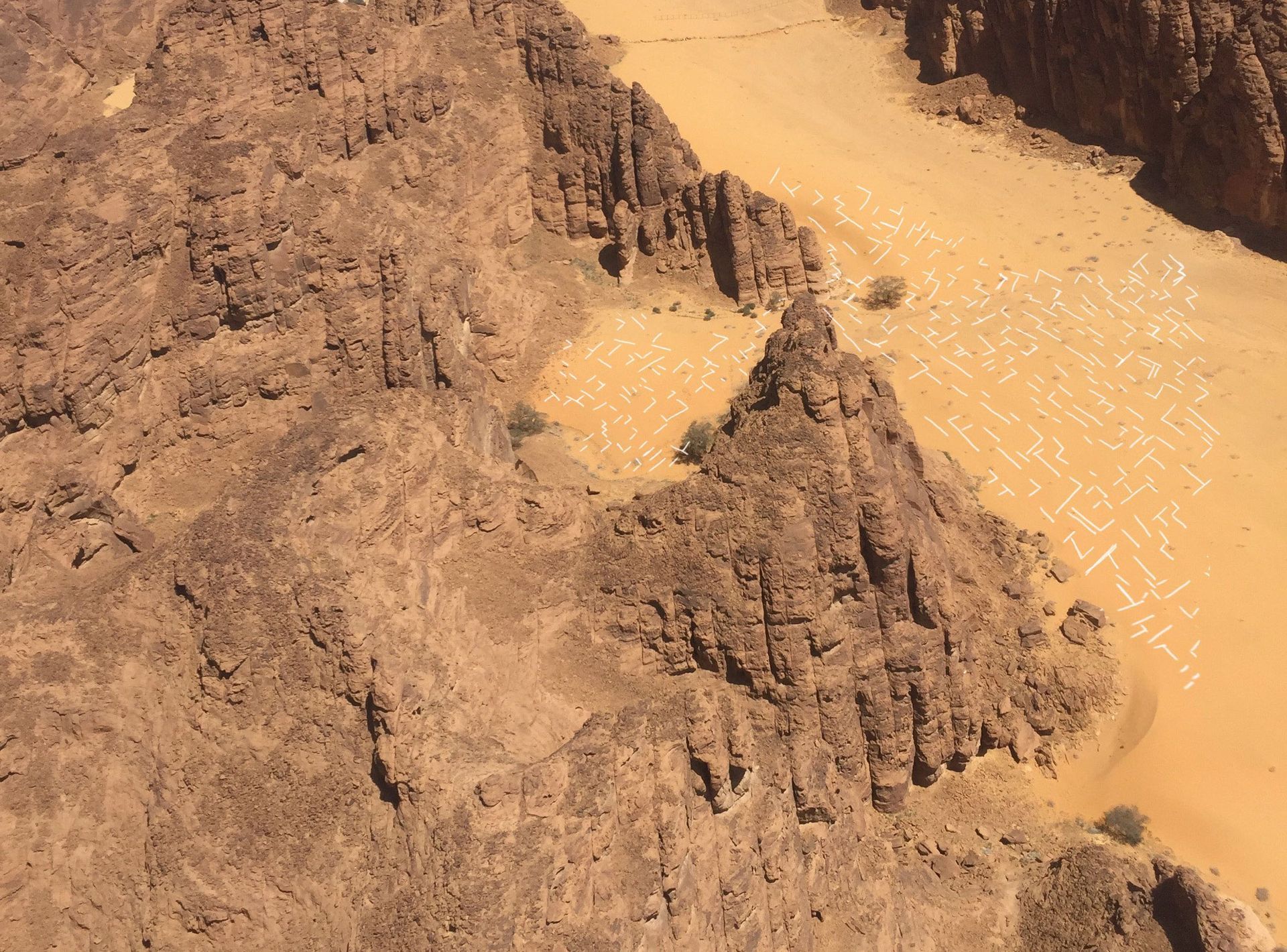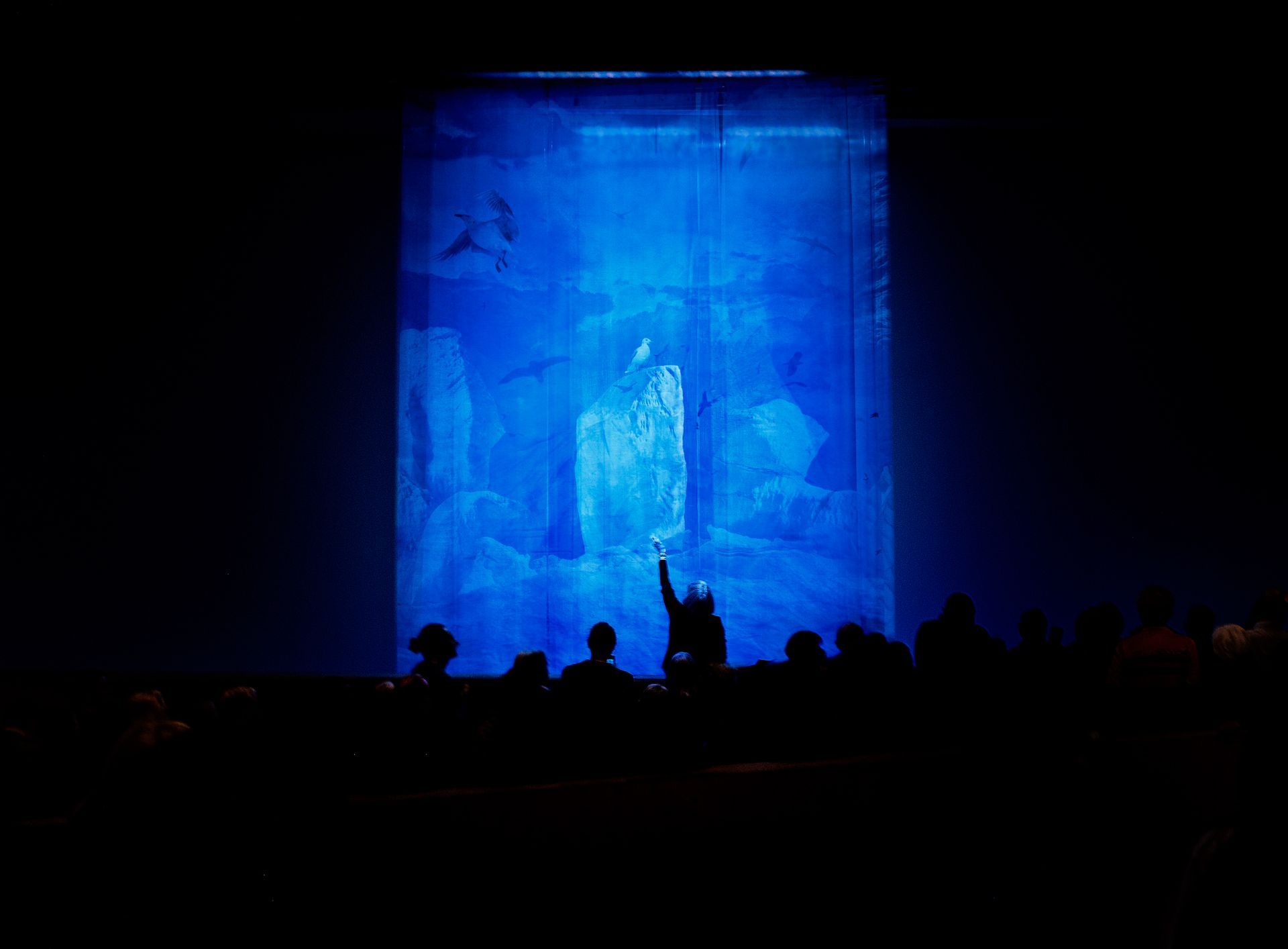
Blue Tears, courtesy Tucson Museum of Art
Patricia Carr Morgan: “It’s about a personal loss, and throughout the exhibition, a clock is ticking.“
Tucson-based conceptual artist Patricia Carr Morgan has dedicated the past decade to capturing the fragile glacial landscapes of Antarctica and Greenland, a journey that began with a reluctant trip in 2013 and evolved into a profound connection with these icy, remote environments. Her work explores themes of beauty, loss, and the pressing reality of climate change, transforming personal experiences into compelling visual narratives through her decade-long project “I love you don’t leave me.” This series, realized through photography, performance, and immersive installations, employs unconventional materials like coal and expired film to reflect the interplay of realism and abstraction, symbolizing degradation and the passage of time.
A recent collaboration with glaciologist Dr. Jack Holt has seen her examine the Malaspina and Hubbard glaciers in Alaska, integrating scientific data with artistic interpretation to underscore her ongoing commitment to raising climate change awareness. Her works, including the installation “Blue Tears” debuted at the Tucson Museum of Art in 2024 and slated for a traveling exhibition, are represented in prestigious collections such as the Tucson Museum of Art and the University of Arizona Museum of Art, with a forthcoming presentation at the Wienholt Projects’ High Desert Art Fair in Pioneertown, California, in 2025. This body of work transcends aesthetic experience, serving as a call to action.
————-
August 30, 2025
RECENT
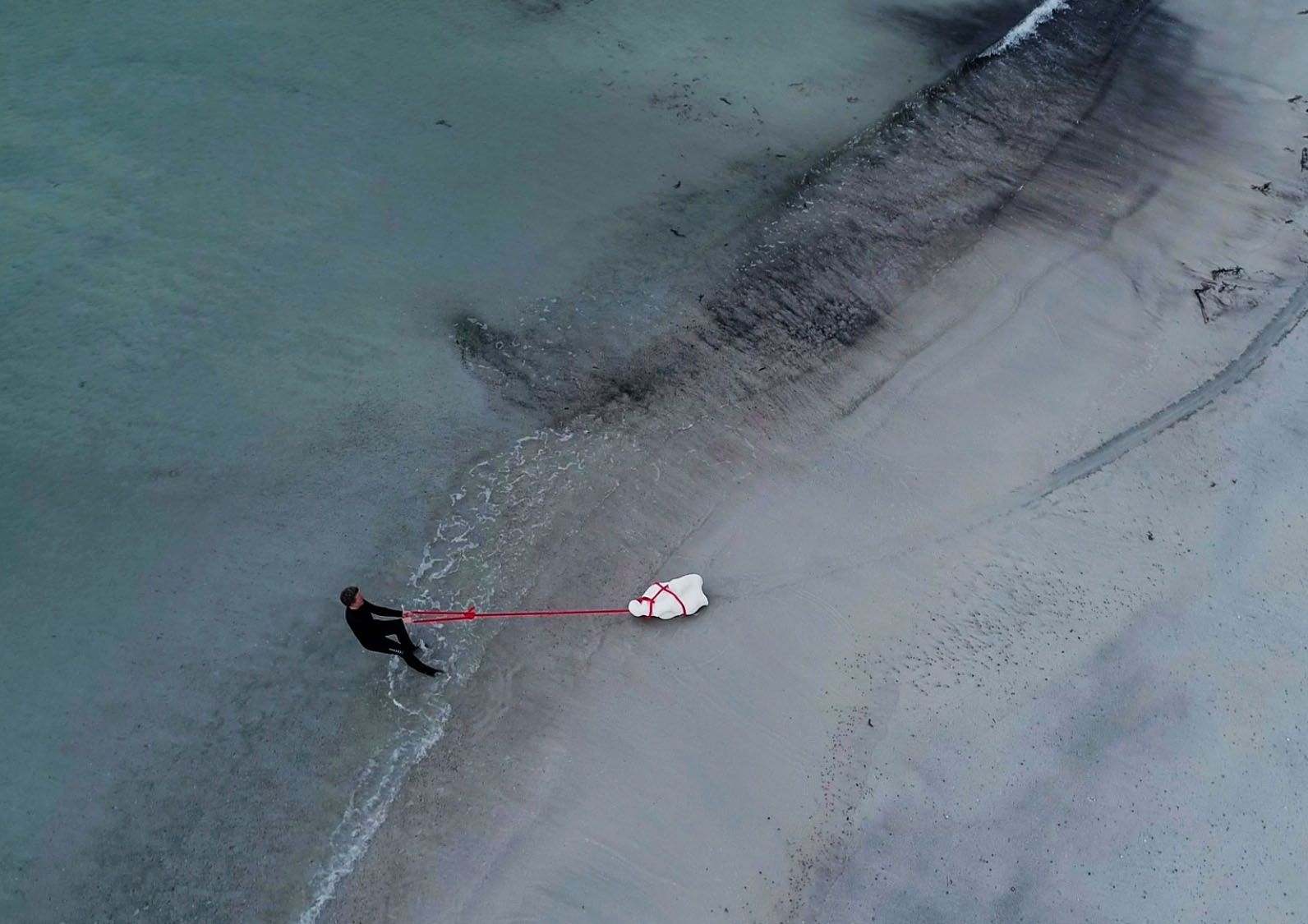
Mella Shaw still from Sounding Line Film ©Rowan Aitchison
Mella Shaw: "A Material Full of Metaphors"
With Sounding Line, artist Mella Shaw addresses the catastrophic impacts of shipping and sonar pollution on whale species, inspired by an alarming mass die-off on Scotland's coasts in 2018, when over a hundred dead whales washed ashore.
Shaw uses clay as a medium to raise awareness about the climate crisis. She incorporates the bone ash of a stranded whale into the ceramic, symbolizing the strength and fragility of the animals. Red marine ropes, hanging from above in the installation and resonating with sound vibrations from real sonar sources, allow viewers to physically experience the destructive effects.
————-
12. May 2025
NEW
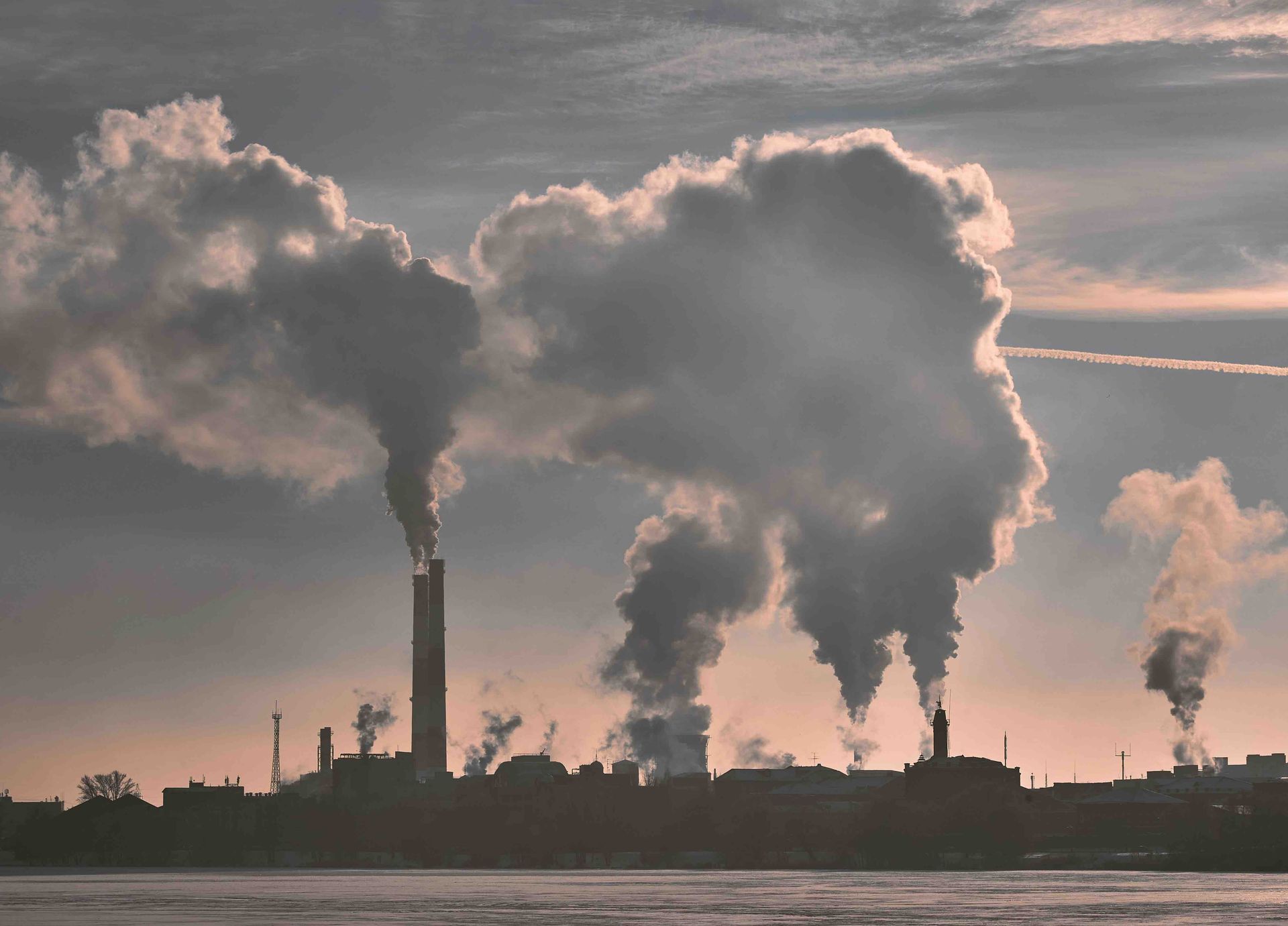
Dr. Katrin Schuhen: „Sauberes Wasser ist ein Menschenrecht und kein Wirtschaftsgut.“
Manche Erfindungen sind so bahnbrechend, aber wie können möglichst viele Menschen von ihnen profitieren? Darüber hat sich die Chemikerin Dr. Katrin Schuhen Gedanken gemacht, als sie bei ihrer Forschung eine Methode zum Nachweis von Mikroplastik im Wasser entdeckte. Das Verfahren, auf dem Wasser 3.0, wie sie ihre Erfindung nennt, basiert, hat sie als Open-Source-Patent der Allgemeinheit zur Verfügung gestellt. Sauberes Wasser sei ein öffentliches Recht, und sie habe sich bewusst für die Rechtsform einer gemeinnützigen GmbH entschieden, um ihre Erfindung so vielen Menschen wie möglich zugänglich zu machen.
Die Erfindung der „Rebellin des Wassers“, wie sie in der Branche genannt wird, ist eine mehrdimensionale Lösung für Wasser ohne Mikroplastik und ist, wie die Wissenschaftlerin erklärt, schneller als bisherige Methoden. Grob gesagt, wird das Plastik im Wasser verklumpt und die Klumpen können dann abgeschöpft werden.
27 November 2024

Tommy Gustafsson: ‘Would they be willing to make a small contribution and carry a one-kilo bag of crushed plastic bottles?’
Tommy Gustafsson is a mountaineer, former CEO of sports marketing companies and founder of Sagarmatha Next, the world's highest museum. He and his co-founders develop highly innovative environmental concepts such as the Carry Me Back programme and have been able to recycle more than 25 tonnes of waste in the last two years. After decades of travelling to the region as a mountaineering tourist, Gustafsson became determined to solve the huge problem of pollution in the Sagarmatha region, the national park where Mount Everest is located. Together with two friends, they embarked on a major endeavour not only to build a museum in the middle of the national park, but also to develop complex concepts to solve the waste problems of the entire region. The museum, which he describes as a showcase, is now the headquarters from which Gustafsson and his team operate. An important component of the project is the ingenious Carry Me Back programme, which was developed after years of analysis and which specifically means that each participant takes 1 kg of recycled waste with them from the region to the collection point in Lukla, where the only airfield is located. The founders also face the huge task of introducing a waste separation system throughout the region.
19 November 2024
CURRENT TOPICS

Courtesy of the artist
Benjamin von Wong “Everyone has the opportunity to use whatever superpowers they have to make a difference.“
The US artist Benjamin von Wong has become world-famous for his spectacular environmental art projects. His latest project is located a little higher up, namely on the route to the base camp on Mount Everest. Ever since tourism on the world's highest peak began to increase, the problem of rubbish has also taken on ever greater dimensions, with Everest being derisively referred to as the world's highest rubbish dump. Von Wong had been planning to realise this theme artistically for some time, but several lucky coincidences meant that his project could now be realised. Von Wong teamed up with the Sagarmatha Next Museum, which had launched the ‘Carry Me Back’ programme. The museum is located in Sagarmatha National Park, which includes the eight-thousanders Lhotse, Cho Oyu, Makalu and Mount Everest. Sagarmatha Next carries out various projects and, with the help of artists, tries to reuse mountain falls and transform them into works of art or souvenir products.
————-
10 October 2024

©Andreas Moser
Uta Kögelsberger: "The human-made, often industrial forests are a reminder of what we have already lost."
Forest Complex is the new project by London-based artist Uta Kögelsberger. Her artistic practice focuses on the social and political effects of climate change and its impact on forests, which she expresses in photography, videos and sculptural sound installations. For Kögelsberger, climate change is at the heart of all the pressing issues of our time. The subject matter of Forest Complex follows on from Fire Complex and Cull, which attracted worldwide attention and for which she received the prestigious Royal Academy Wollaston Award. Fire Complex was a response to the 2020 Castle Fire in California, which destroyed 174,000 hectares of forest and 14% of the world's Giant Sequoia population. Kögelsberger herself lost her house in the fire. Her replanting effort mobilised local communities, and in that contributed amongst others to a new bill being introduced to Congress to protect giant sequoias.
5 May 2024
RELATED TALKS











